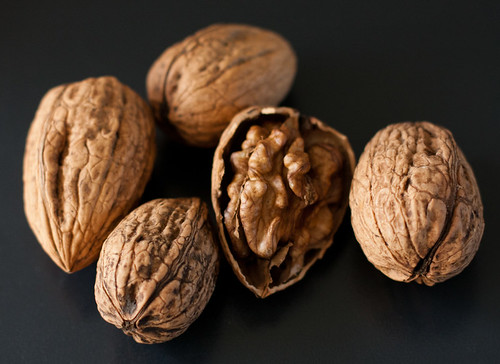
Production research is critical for the success of plants for a number of reasons. The resulting data helps growers adjust to the needs of the plant environment and develop best practices to efficiently use water and energy, mitigate pest damage, minimize diseases, and improve productivity. The California Walnut Board, which funds production research across an entire spectrum of walnut needs, has used production research to increase the number of delicious, flavorful walnuts available on our tables.
The California Walnut Board operates under the authority of a federal marketing order, which is overseen by the USDA’s Agricultural Marketing Service (AMS) via its Marketing Order and Agreement Division (MOAD). Federal marketing orders and agreements are requested for and funded by various groups in the U.S. produce industry to help growers and handlers within a geographic region to overcome marketing barriers and increase awareness of the commodity.
Another major success for the industry is the development of low-volume water-recovery systems for the precise application of water to the orchards, and plant-based measurement tools to check the walnut tree’s water level and time irrigation accordingly. Walnut Board Executive Director Dennis Balint lauded the board’s emphasis on developing innovative and ecologically-balanced irrigation practices for growers, including the important research discovery that unpruned trees use less water. The board is also funding research to evaluate walnut indicators for early season water management and root growth dynamics and constraints.
The walnut marketing order enables the industry to maintain minimum grade and size regulations for walnuts grown in California, and, since 2008, conduct promotion and research and development projects. The production research has helped the industry nearly double walnut production from 300,000 to 550,000 tons in the last decade.
Board-funded research has yielded productive varieties such as the Chandler. Thanks to its ability to develop leaves in late spring, the Chandler avoids a lot of rain exposure, which minimizes the growth of a debilitating tree-bark disease known as walnut blight. As a result, the Chandler requires significantly fewer inputs to bear fruit and protects the health of the walnut tree better than most varieties. “The development of new varieties like the Chandler is the key to the industry’s future,” said California Walnut Board Executive Director Dennis Balint. “Through the federal marketing order, our industry is able to fund an endowment to the University of California, Davis for production research efforts.”
The board’s current walnut improvement efforts investigate the inner workings of the over 30 different walnut cultivar varieties to identify markers for different traits of interest. These traits include early harvest, blight resistance, root development, disease resiliency, estimated yield, and walnut kernel physical characteristics (shape, color, fill, strength, and size). The objective is to share this knowledge and develop new varieties for growers.
AMS is proud to support critical walnut production research efforts that are improving industry efficiency. As growers’ practices become more environmentally adaptive and efficient, walnut production and economic viability improves for the entire industry. Ultimately this ensures quality products for consumers – a win for all.

